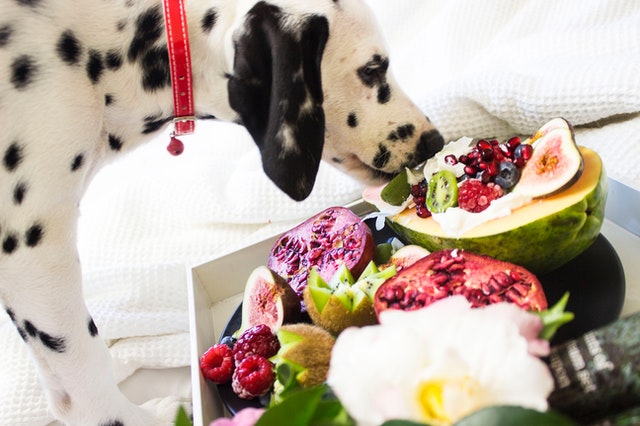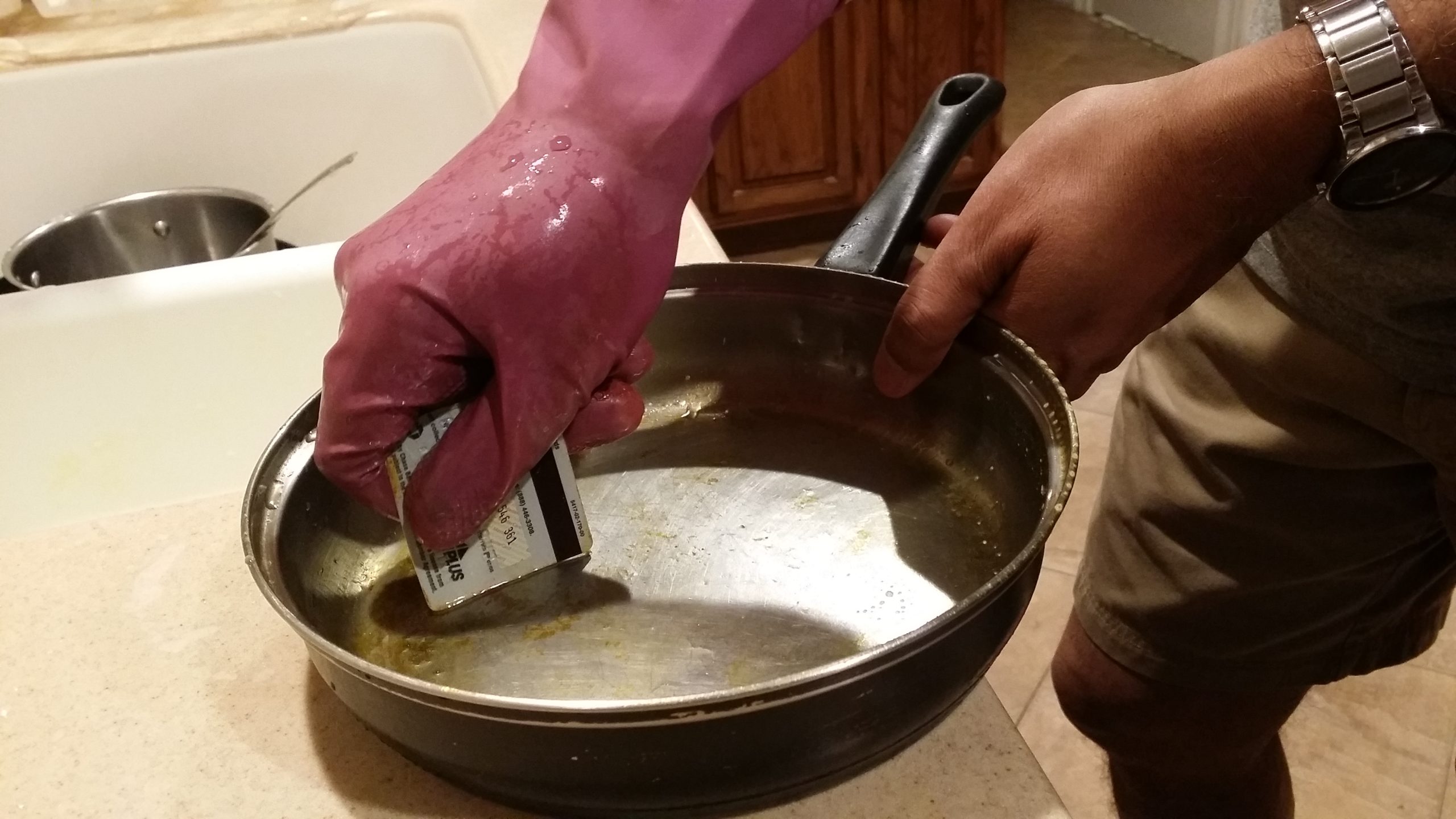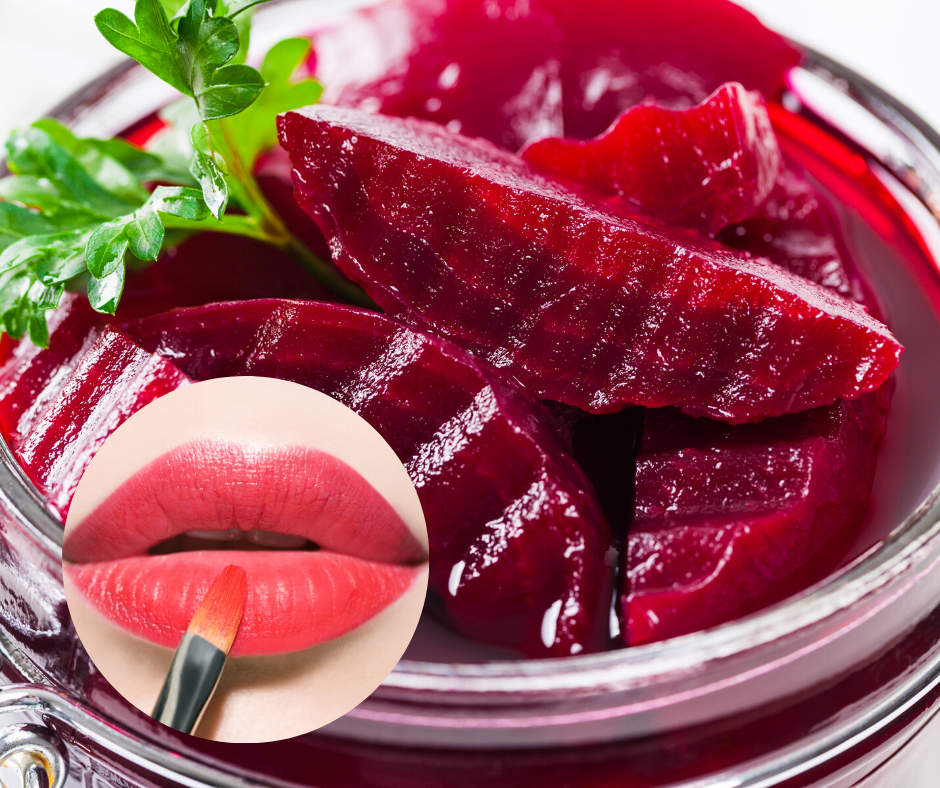After coming home from an exhausting day at work, Sarah drug herself to the pantry looking for something quick and easy to fix her family for dinner. She rooted through her disorganized pantry, unable to decide.
She was almost ready to give up and order take out when she spied a meal-in-a-box. Perfect, she thought…until she began reading the ingredients.
Enriched pasta, corn starch, maltodextrin, salt, enriched flour, hydrolyzed vegetable protein, onion powder, monosodium glutamate…
She stopped at the words she couldn’t pronounce. All of those ingredients and Sarah didn’t even know what they meant in everyday language. Were they even good for her family?
She decided this was a good time to start feeding her family healthier food choices.
By the end of the week, Sarah was cooking fresh vegetables, lean meats, chicken, and fish. No more fried foods. Just grilled or baked using spices for more flavor.
When her kids demanded pizza and burgers, Sarah learned how to prepare those foods using healthier ingredients.
Before long, her finicky kids were beginning to look forward to home cooked meals.
 One day she pulled the bag of food out to feed their dog. She hesitated, read the ingredients, and almost cried. How could she forget about Max? After all, they treated him like one of the kids.
One day she pulled the bag of food out to feed their dog. She hesitated, read the ingredients, and almost cried. How could she forget about Max? After all, they treated him like one of the kids.
Instead of feeding Max from the bag, she decided to give him some baked chicken and vegetables. She prepared his meal plain, with no added spices.
This would be okay for a day or two. But dogs have more nutritional needs than just plain meat and a few chosen vegetables. Sarah needed to do lots of research if she wanted to totally home cook for Max, too.
And like Sarah’s dog, your pets are part of your family.
You love the way your dog greets you at the door and follows you into the bathroom.
And you love the annoying way your cat walks across your laptop while you try to work.
Because you love your pets so much, you’ve probably considered feeding them totally home cooked meals just like Sarah. After all, you want to give them the best nutrition with no additives and preservatives.
Understanding Pets and Their Nutritional Needs
Preparing a healthy meal for your pets is a whole different ballgame than cooking for your family.
It goes beyond just getting the right meats and vegetables. Think about the vitamins and minerals essential to keep your pet healthy.
And think about the added time to your already hectic schedule.
Even if you might have the time on a daily and weekly basis to cook meals for your pets as well as your family, and even if you have enough space in your refrigerator, figuring out the essential nutritional need would be the primary area of concern.
These are things to consider before committing to total home cooking for your pet.
We all know animals have different nutritional needs than humans. There are many factors to consider when it comes to feeding your pets home cooked meals.
Ask yourself these questions about your pets:
- What foods are safe?
- What foods are harmful?
- Do they have any food allergies?
- Are they getting enough vitamins and minerals in their diet?
- How large or small are they? When it comes to cooking for your pets, size matters.
You certainly can’t prepare the same meal for your 100-pound German shepherd that you would for a 3-pound Yorkshire terrier.
And don’t even think about feeding meals to a cat that’s meant for a dog. Cats and dogs have totally different nutritional needs. Cats are mainly carnivores and cannot tolerate many ingredients that are safe for your dog.
Do Your Homework
So, let’s look at what’s involved in preparing totally home cooked meals for pets in your kitchen.
First and foremost, do your homework. Don’t just mix up a concoction of ingredients without doing research.

What sounds good and nutritious to you may be harmful to your pets. Many foods such as onions, grapes, and raisins can be toxic to dogs and cats.
And if after careful consideration you still want to forge ahead with total home cooking for your pets, here are some valuable tips:
- Read lots and lots of information before you go shopping for ingredients. This will help you better understand the nutritional needs of your pets.
- If searching for recipes on the internet, use BalanceIT. This is the only service recommended by veterinary nutritionists. Simply choose the foods you want to include and BalanceIT will provide recipe options including multivitamins. It’s vital to follow these recipes exactly to assure your pet gets the recommended allowance of vitamins and minerals.
- Consult with a veterinary nutritionist. These experts will formulate a customized meal plan and will provide you with a specific recipe for your pet. It’s important that you follow each recipe to the letter to maintain your pets’ health.
- Schedule regular wellness visits with your veterinarian. They will make sure your pets are getting all the nutritional value needed to maintain a healthy life.
After all, you’re doing this to benefit your pets and to protect them from potential harmful ingredients found in some store-bought pet foods.
According to Dr. Marty Goldstein, “Even foods that claim to be ‘healthy,’ ‘organic,’ and ‘natural,’ most of the time aren’t the best dog food for your furry friend”.
What if Total Home Cooking Isn’t Right for You?
You may be thinking by now that total home cooking for your pet is not for you. Not to worry.
Here are some ways to make you feel like you’re doing something special for them.
Consider using a premix available at quality pet food stores. There you’ll find several options, including premixes that contain everything you need. Just add meat to give it that home cooked ingredient.
There are a variety of premixes available that contain vegetables, minerals, herbs, and enzymes. Some include grains. Some do not.
A premix takes the guesswork out of adding essential ingredients, the right amount of vitamins and minerals, and accurate portions.
A simple way to show your love is to give them fruits and veggies instead of store-bought treats.
They’re loaded with vitamins and minerals to enrich your pets’ health.

Here is a list of some excellent choices for your dog:
- Apples – contain antioxidants and fiber. Be sure to remove the seeds and slice the apples into bite-sized pieces. Apples contain high amounts of sugar, so you need to restrict how much you feed your dog.
- Bananas – high in potassium, vitamin B6, vitamin C, magnesium, fiber, and electrolytes. Just like apples, bananas contain a lot of sugar, so limit the amount you give them on a daily basis.
- Pumpkin – loaded with antioxidants, fiber, potassium, and iron. You can buy this at your local grocery store. Choose organic, pureed pumpkin which is 100% pure pumpkin. Be careful not to buy pumpkin pie filling which is not pure pumpkin.
- Carrots – contain lots of vitamin A, good for skin, coat, and muscles. Simply toss sliced or baby carrots to your dog and watch them chew to their heart’s content.
- Raw broccoli, spinach, and kale – full of antioxidants to prevent inflammation. Finely chop and add to your dog’s food.
These treats are meant for dogs. Be careful not to give cats and other pets these treats since some may be harmful to them.
Don’t beat yourself up if you don’t have the time to create home cooked meals for your pets. There’s a wide variety of quality manufactured pet foods with the health and well-being of your pet in mind.
Do your research. Be sure to check the label for any artificial colors and flavors. Make sure the food has all the essential ingredients and none of the harmful ones.
In the end it’s up to you to take care of your pets the best way you know how.
After all, you want them to greet you at the door, follow you into the bathroom, or walk across your laptop—for as many years as possible.
About The Author








0 Comments